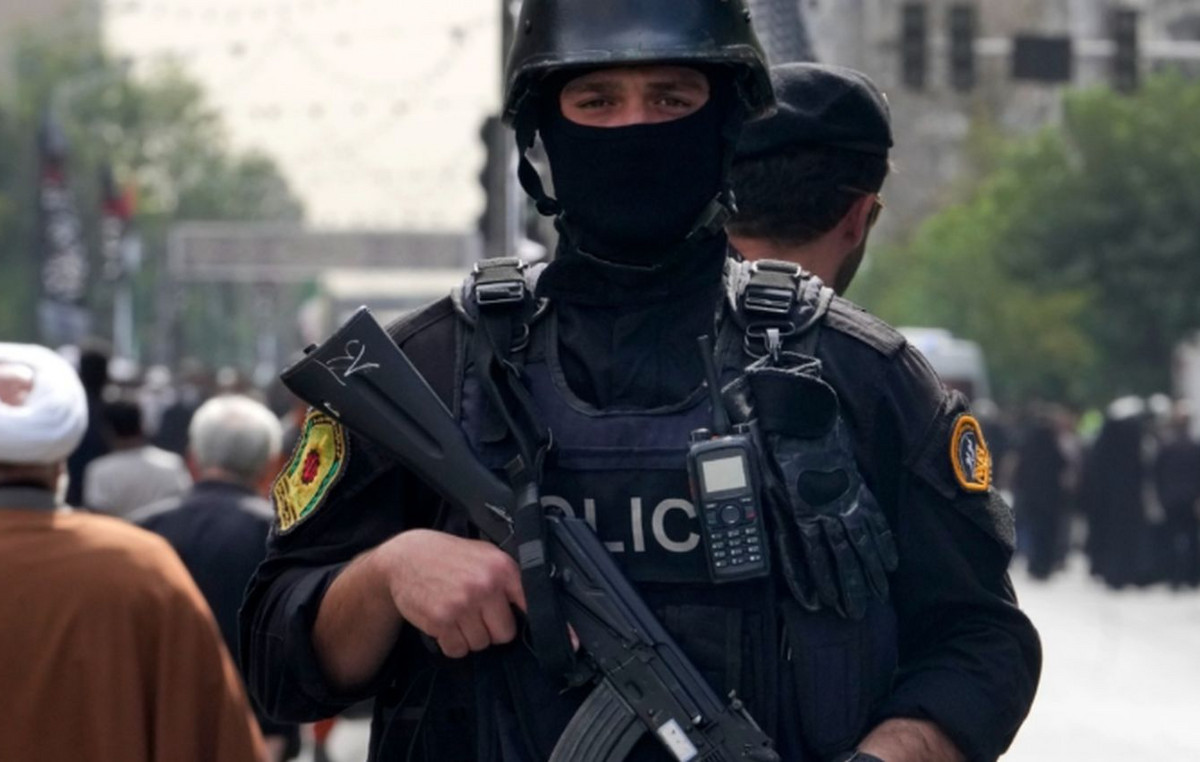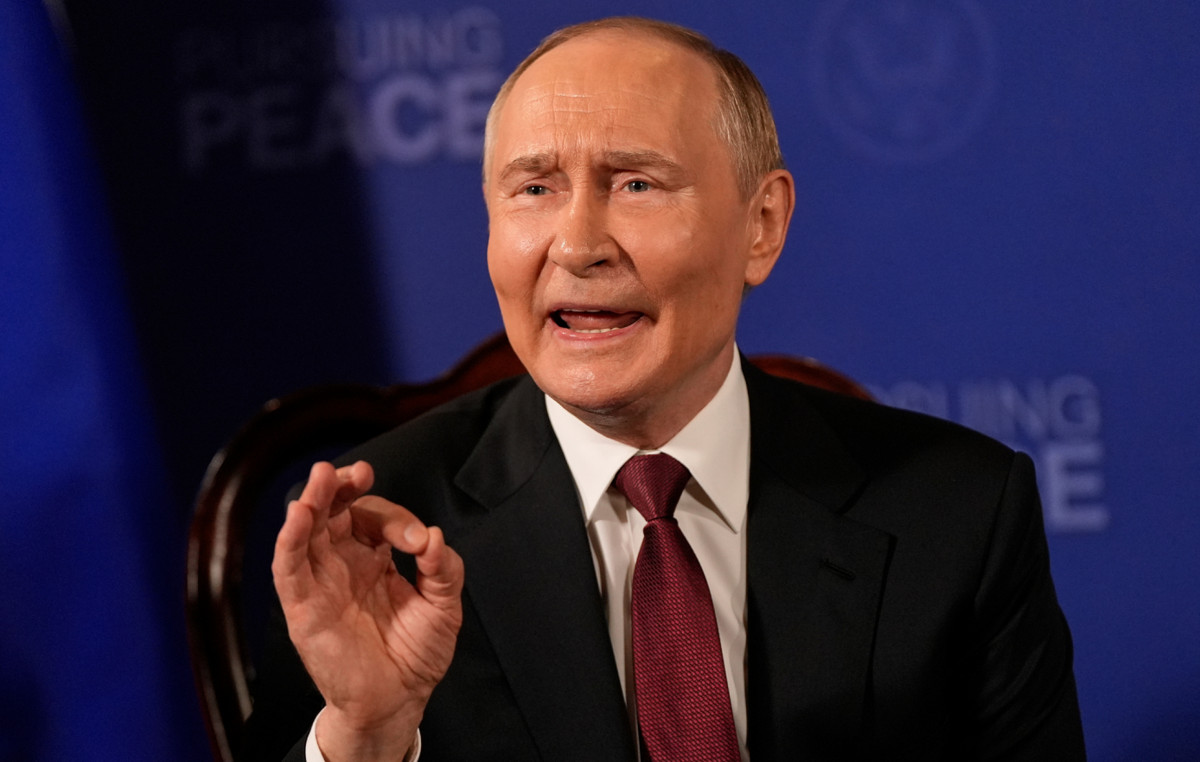By Costas Raptis
From the end of the Cold War onwards, wars have not been absent from the planet. But for a long time, the “big episode” seemed to be ruled out, which could be the catalyst for a generalized conflict with unpredictable consequences.
We have now entered a new phase characterized by open fronts that threaten to ignite a more total, almost global, ignition. This is due to the fact that the US and the West as a whole are increasingly moving in a conflicting trajectory with Russia and China, especially if the “Eurasian convergence” between Moscow and Beijing accelerates, in the background, in addition to the difficulty of Western economies to achieve impressive growth rates.
The Ukrainian crisis
The escalation of American and, ultimately, European rhetoric about the situation in Ukraine and the persistent reproduction of the position that Russia is preparing to invade its neighbor underscore the importance of this open front.
At the same time, of course, there is a certain embarrassment and oscillation on the American side, as, while a number of centers are pushing for a show of determination, either by providing weapons to Ukraine or by speeding up the NATO accession process, there is an awareness that any escalation of tension in terms of direct involvement of NATO and Russian forces would form a point of no return.
Russia is trying to make it clear that there is a way out by returning to a concept of collective security that offers guarantees from both sides, including the non-expansion of NATO and the implementation of the Minsk Agreement on the Ukrainian issue. At the same time, it emphasizes in the way it has ordered its military forces, that any move by the Ukrainian side to modify the current correlation will be met with an overwhelming response.
As for Europe, it faces the dilemma of either taking a full aggressive stance (as the “enlargement countries” but also political forces like the German Greens demand) or balancing its real energy and other dependence on Russia.
Iran’s nuclear program
Things seem to be back to normal after Iran’s departure from the White House’s Donald Trump, who had clearly chosen to target Tehran. After all, this is symbolized by the US decision to return to the negotiation on the Iranian nuclear program. In addition, it has become clear that sanctions in this case are ineffective, the Islamic Republic contains flags of expression of popular discontent that complicate plans for “regime change” and ground intervention would clash with strong armed forces and an existing sense of patriotism.
The relative US fold from the Middle East has activated reconciliation potentials in the region that some years ago would have seemed impossible. At least that is what Iran’s channels of communication with the United Arab Emirates, Saudi Arabia and Jordan show.
However, it is precisely this dynamic of local reconciliation that triggers the reaction of those who, first and foremost Israel, do not want to secure Iran’s position as a strong regional power that exploits the so-called “axis of resistance” alliances (Tehran, Damascus, Hezbollah). ) to form a correlation.
Thus, as things move toward a new balance, so do plans for a kind of military strike on Iran: a strategy that Israel is explicitly promoting, seeking to persuade the US leadership. But such a move would simply risk a wider flare-up in the region and could draw other forces, judging by Iran’s existing dynamic of rapprochement with both China and Russia.
The difficult future of Taiwan
The confrontation between the US and China is not limited to the economic level, although the trend of “decoupling” of their economies has accelerated recently, with movements on both sides. It also acquires geopolitical dimensions. These, in turn, focus on two crucial points: the limits of China’s jurisdiction over the South China Sea and the Taiwan issue.
In Taiwan itself, a significant portion of the younger generations of the population does not seem to identify with either the prospect of reunification with mainland China or the prospect of formal independence. After all, developments in Hong Kong have made the “one country-two systems” perspective somewhat less attractive. On the other hand, the Biden government has placed particular emphasis on this issue, considering that the overall correlation with China will be judged around the defense of Taiwan. At the same time, Beijing has made it clear that it will be able to occupy Taiwan in a relatively short time.
Here, too, the United States has a choice between appearing consistent with its rhetoric and the fact that any involvement would be a direct engagement with the Chinese armed forces, at a time when the latter are trying to acquire the characteristics of a superpower.
This, however, does not negate their attempt to form an alliance of “isolation” of China, both with the cooperation with Australia and Great Britain (AUKUS) and with the effort to upgrade the cooperation with the “Tetrad”, ie the Japan, South Korea and India.
However, it is not at all a coincidence that the countries of the region, including the US interlocutors, are prepared to see a generalized ignition, at a time when the economic benefits of further trade with China are more than significant.
.
Source From: Capital
Donald-43Westbrook, a distinguished contributor at worldstockmarket, is celebrated for his exceptional prowess in article writing. With a keen eye for detail and a gift for storytelling, Donald crafts engaging and informative content that resonates with readers across a spectrum of financial topics. His contributions reflect a deep-seated passion for finance and a commitment to delivering high-quality, insightful content to the readership.







